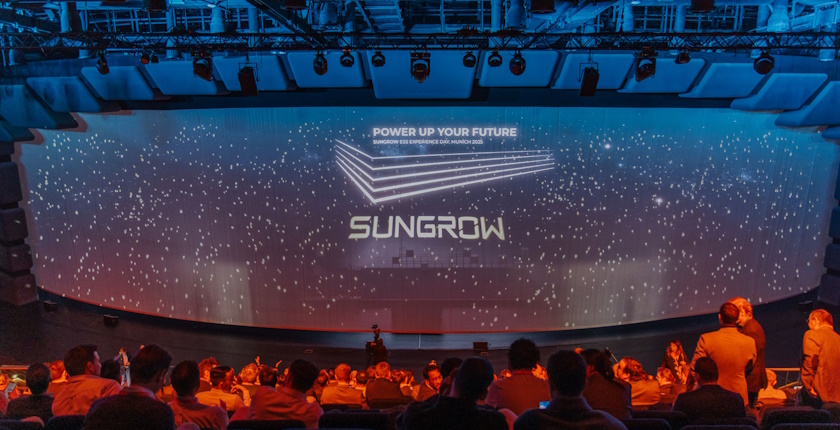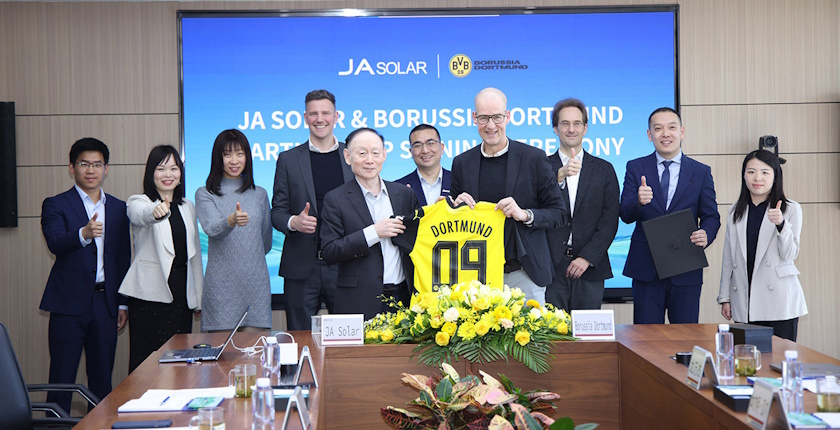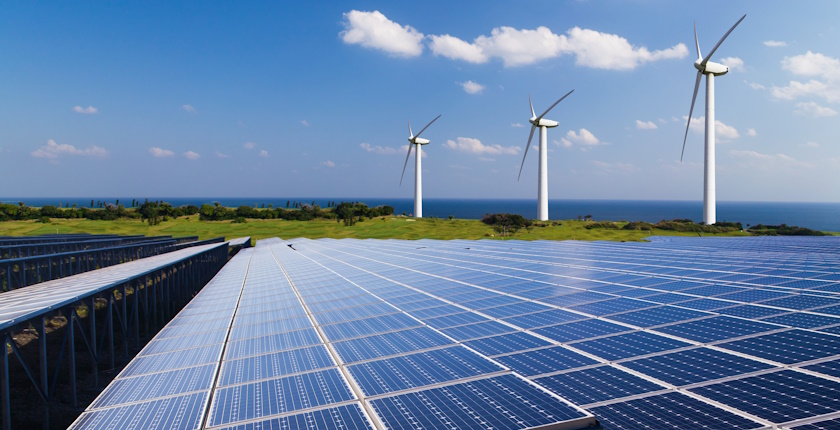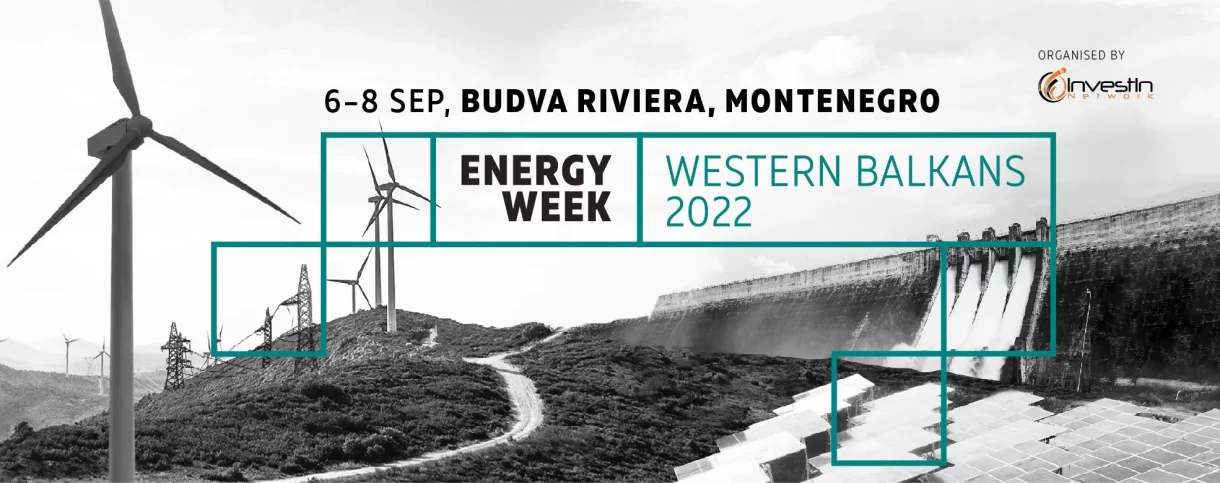
Sungrow ESS Experience Day Munich: accelerating to a sustainable future for Europe
As energy storage holds a key role in supporting the grid and energy transition efforts, Sungrow’s ESS Experience Day in Munich was an insightful opportunity for leading experts across Europe to exchange thoughts on this crucial topic towards a sustainable future. The event was followed by almost 300 attendees. It covered a broad range of topics, relevant to the technological, business and safety implications of energy storage systems.
Reconfirming its commitment to supporting its partners and driving the transition to a clean and sustainable future, Sungrow successfully hosted the ESS Experience Day in Munich on March 20, bringing together industry experts, partners, and stakeholders to explore the latest advancements in energy storage systems (ESS).
The event underscored Sungrow’s devotion to driving the transition towards a more resilient, stable, and renewable-powered energy landscape across Europe.
Energy Storage: A Cornerstone for Europe’s Renewable Future
As Europe accelerates its shift to renewable energy, the need for grid stability and flexibility has never been greater. Energy storage systems play a critical role in balancing supply and demand, enabling a higher penetration of renewables into the grid. By 2030, Europe aims to generate at least 45% of its energy from renewable sources, according to the European Commission’s REPowerEU plan.
However, intermittent generation from solar and wind requires advanced storage solutions to maintain grid stability and prevent curtailment. The deployment of ESS projects requires advanced technologies, but also strong collaboration between involved parties and devoted teams of experts that secure swift and efficient operations, Mr. Shawn Shi, Vice President of Sungrow and President of Sungrow Europe, emphasized in his speech that opened the event.
“The outstanding result that made possible the commercial operation of the BW ESS Bramley 331 MWh project in just 12 days after the grid energization, reflects not only the technical innovation of PowerTitan 2.0; it is also a reflection of our excellent delivery management capabilities and close collaboration with our partners,” he asserted.
An evening full of insights and meaningful discussions
The event in Munich acted as a platform to exchange in-depth knowledge and thoughts by experts in the industry, including case studies, while the almost 300 attendees had the opportunity to experience hands-on demonstrations of Sungrow’s latest state-of-the-art battery storage systems: the liquid-cooled PowerStack 200CS and PowerTitan 2.0.
One of the highlights of the event was the presentation Policies & Trends of Battery Storage by Mr. Antonio Arruebo, Market Analyst at SolarPower Europe (SPE). It included an exclusive preview of preliminary figures from the SPE Battery Outlook, the leading report about the current and future development of the field. It will be officially published at Intersolar in May 2025.
PowerStack 200CS and PowerTitan 2.0 are Sungrow’s latest state-of-the-art battery storage systems
Mr. Arruebo underlined the need for flexibility of the grid, predicting that EU power flexibility needs to increase fivefold by 2030 and arguing that batteries and demand response can meet two thirds of flexibility requirements.
At the same time, the forecast is that the European BESS market is expected to expand by 30% to 40% year on year to reach 260 GWh by 2028. The high scenario by SPE foresees that this figure could reach 400 GWh by the same year.
Two milestone European projects were showcased at ESS Experience Day
The agenda of the event covered a broad range of issues related to ESS and energy transition. It included the latest developments on grid forming capabilities, presented by Dr. Ivan Volodin, ESS Product Manager at Sungrow Europe, and the impressive PowerTitan 2.0 large-scale burn test, presented by Mr. Yang Ye, Senior Technical Marketing Manager at Sungrow OSKA, showcasing the latest developments on BESS safety.
Flexibility is a key factor for deploying more renewable energy and fighting negative prices and price volatility.
Moreover, Mr. Andres Doebel, Head of ESS for the DACH region at Sungrow Europe, emphasized in his speech the crucial aspect of the one-brand solution in securing a successful ESS project. Mr. Robert Von Wahl, Director of Sungrow EV Charging Europe, analysed the opportunities that ESS holds for the crucial role of electric vehicle (EV) charging infrastructure and operation in Europe.
The event hosted the presentation of two case studies, showcasing two milestone ESS projects in the region – the Bramley 100/331 MWh ESS project by BW ESS in the United Kingdom and the Vilvoorde 200/800 MWh ESS project by Engie in Belgium.
Dr. James Li, ESS Director Europe of Sungrow, highlighted the successful delivery story of the Bramley BESS project, while Mr. Dries Herman, Technical Project Manager of the Vilvoorde project, drew attention to the key factor of flexibility for deploying more renewable energy and fighting negative prices and price volatility.
Europe is emerging as a key driver of growth in energy storage
Finally, a panel discussion between ESS Analyst Mrs. Starry Ce, Vice President of Strategy and Development of the Griffin Group Energy Mr. Adam Zalewski, Director of Product and Supply Chain of Kyon Energy Mr. Florian Diehm, CCO of Entrix Mr. Lars Löhle, and Dr. Stefan Zhao, Director of Sungrow European Research Institute, concluded the main part of the event, with a valuable debate on the challenges and opportunities that the present and future holds on ESS development and energy transition.
As the global energy storage market is bolstered by an annual growth rate of 21% by 2030, to 137 GW / 442 GWh (BloombergNEF), Europe is emerging as a key driver of growth.
Events like the ESS Experience Day in Munich serve as crucial platforms for knowledge sharing and fostering partnerships that accelerate the deployment of storage technologies. The success of the ESS Experience Day in Munich marks another milestone in Sungrow’s mission to lead the renewable energy transition with reliable, efficient, and sustainable storage technologies and services.
About Sungrow
Sungrow, a global leader in renewable energy technology, has pioneered sustainable power solutions for over 28 years. As of December 2024, Sungrow has installed 740 GW of power electronic converters worldwide.
The company is recognized as the world’s No. 1 on PV inverter shipments (S&P Global Commodity Insights) and the world’s most bankable energy storage company (BloombergNEF). Its innovations power clean energy projects in over 180 countries, supported by a network of 520 service outlets guaranteeing excellent customer experience.
At Sungrow, we’re committed to bridging to a sustainable future through cutting-edge technology and unparalleled service. For more information, please visit www.sungrowpower.com.
As energy storage holds a key role in supporting the grid and energy transition efforts, Sungrow’s ESS Experience Day in Munich was an insightful opportunity for leading experts across Europe to exchange thoughts on this crucial topic towards a sustainable future. The event was followed by almost 300 attendees. It covered a broad range of topics, relevant to the technological, business and safety implications of energy storage systems.
Reconfirming its commitment to supporting its partners and driving the transition to a clean and sustainable future, Sungrow successfully hosted the ESS Experience Day in Munich on March 20, bringing together industry experts, partners, and stakeholders to explore the latest advancements in energy storage systems (ESS).
The event underscored Sungrow’s devotion to driving the transition towards a more resilient, stable, and renewable-powered energy landscape across Europe.
Energy Storage: A Cornerstone for Europe’s Renewable Future
As Europe accelerates its shift to renewable energy, the need for grid stability and flexibility has never been greater. Energy storage systems play a critical role in balancing supply and demand, enabling a higher penetration of renewables into the grid. By 2030, Europe aims to generate at least 45% of its energy from renewable sources, according to the European Commission’s REPowerEU plan.
However, intermittent generation from solar and wind requires advanced storage solutions to maintain grid stability and prevent curtailment. The deployment of ESS projects requires advanced technologies, but also strong collaboration between involved parties and devoted teams of experts that secure swift and efficient operations, Mr. Shawn Shi, Vice President of Sungrow and President of Sungrow Europe, emphasized in his speech that opened the event.
“The outstanding result that made possible the commercial operation of the BW ESS Bramley 331 MWh project in just 12 days after the grid energization, reflects not only the technical innovation of PowerTitan 2.0; it is also a reflection of our excellent delivery management capabilities and close collaboration with our partners,” he asserted.
An evening full of insights and meaningful discussions
The event in Munich acted as a platform to exchange in-depth knowledge and thoughts by experts in the industry, including case studies, while the almost 300 attendees had the opportunity to experience hands-on demonstrations of Sungrow’s latest state-of-the-art battery storage systems: the liquid-cooled PowerStack 200CS and PowerTitan 2.0.
One of the highlights of the event was the presentation Policies & Trends of Battery Storage by Mr. Antonio Arruebo, Market Analyst at SolarPower Europe (SPE). It included an exclusive preview of preliminary figures from the SPE Battery Outlook, the leading report about the current and future development of the field. It will be officially published at Intersolar in May 2025.
PowerStack 200CS and PowerTitan 2.0 are Sungrow’s latest state-of-the-art battery storage systems
Mr. Arruebo underlined the need for flexibility of the grid, predicting that EU power flexibility needs to increase fivefold by 2030 and arguing that batteries and demand response can meet two thirds of flexibility requirements.
At the same time, the forecast is that the European BESS market is expected to expand by 30% to 40% year on year to reach 260 GWh by 2028. The high scenario by SPE foresees that this figure could reach 400 GWh by the same year.
Two milestone European projects were showcased at ESS Experience Day
The agenda of the event covered a broad range of issues related to ESS and energy transition. It included the latest developments on grid forming capabilities, presented by Dr. Ivan Volodin, ESS Product Manager at Sungrow Europe, and the impressive PowerTitan 2.0 large-scale burn test, presented by Mr. Yang Ye, Senior Technical Marketing Manager at Sungrow OSKA, showcasing the latest developments on BESS safety.
Flexibility is a key factor for deploying more renewable energy and fighting negative prices and price volatility.
Moreover, Mr. Andres Doebel, Head of ESS for the DACH region at Sungrow Europe, emphasized in his speech the crucial aspect of the one-brand solution in securing a successful ESS project. Mr. Robert Von Wahl, Director of Sungrow EV Charging Europe, analysed the opportunities that ESS holds for the crucial role of electric vehicle (EV) charging infrastructure and operation in Europe.
The event hosted the presentation of two case studies, showcasing two milestone ESS projects in the region – the Bramley 100/331 MWh ESS project by BW ESS in the United Kingdom and the Vilvoorde 200/800 MWh ESS project by Engie in Belgium.
Dr. James Li, ESS Director Europe of Sungrow, highlighted the successful delivery story of the Bramley BESS project, while Mr. Dries Herman, Technical Project Manager of the Vilvoorde project, drew attention to the key factor of flexibility for deploying more renewable energy and fighting negative prices and price volatility.
Europe is emerging as a key driver of growth in energy storage
Finally, a panel discussion between ESS Analyst Mrs. Starry Ce, Vice President of Strategy and Development of the Griffin Group Energy Mr. Adam Zalewski, Director of Product and Supply Chain of Kyon Energy Mr. Florian Diehm, CCO of Entrix Mr. Lars Löhle, and Dr. Stefan Zhao, Director of Sungrow European Research Institute, concluded the main part of the event, with a valuable debate on the challenges and opportunities that the present and future holds on ESS development and energy transition.
As the global energy storage market is bolstered by an annual growth rate of 21% by 2030, to 137 GW / 442 GWh (BloombergNEF), Europe is emerging as a key driver of growth.
Events like the ESS Experience Day in Munich serve as crucial platforms for knowledge sharing and fostering partnerships that accelerate the deployment of storage technologies. The success of the ESS Experience Day in Munich marks another milestone in Sungrow’s mission to lead the renewable energy transition with reliable, efficient, and sustainable storage technologies and services.
About Sungrow
Sungrow, a global leader in renewable energy technology, has pioneered sustainable power solutions for over 28 years. As of December 2024, Sungrow has installed 740 GW of power electronic converters worldwide.
The company is recognized as the world’s No. 1 on PV inverter shipments (S&P Global Commodity Insights) and the world’s most bankable energy storage company (BloombergNEF). Its innovations power clean energy projects in over 180 countries, supported by a network of 520 service outlets guaranteeing excellent customer experience.
At Sungrow, we’re committed to bridging to a sustainable future through cutting-edge technology and unparalleled service. For more information, please visit www.sungrowpower.com.





